The Victoria and Albert Museum's new East Storehouse in London is redefining the traditional museum visit by granting the public unprecedented access to over 250,000 objects, 350,000 books, and 1,000 archives from its extensive collection. Unlike conventional museums, visitors are encouraged to touch many items and can even book one-on-one "Order an Object" sessions with specific artifacts, such as a 1954 Balenciaga gown or a Vivienne Westwood sweater.
Situated in the city's reimagined Olympic Park, the Storehouse is part of a larger cultural district developed after the 2012 Games, aiming to engage local communities and promote transparency in museum practices. Designed by the firm behind New York's High Line, the building showcases oversized pieces like Picasso stage curtains and Mughal architecture. The site also will host the upcoming David Bowie Center.
Emphasizing openness, the museum features displays on conservation work and allows viewing of staff activity, aligning with its mission to make the entire national collection accessible to everyone. This innovative approach marks a significant shift in how museums interact with the public, fostering a more inclusive and interactive environment.
The V&A East Storehouse's commitment to accessibility and engagement reflects a broader trend in the museum sector towards inclusivity and community involvement. By allowing visitors to interact directly with artifacts and observe conservation efforts, the museum aims to demystify the preservation process and deepen public appreciation for cultural heritage.
As the V&A East Storehouse continues to evolve, it sets a new standard for museums worldwide, demonstrating that transparency and public engagement can coexist with the preservation of cultural treasures. This pioneering model may inspire other institutions to reconsider their approaches to public interaction and collection accessibility.
